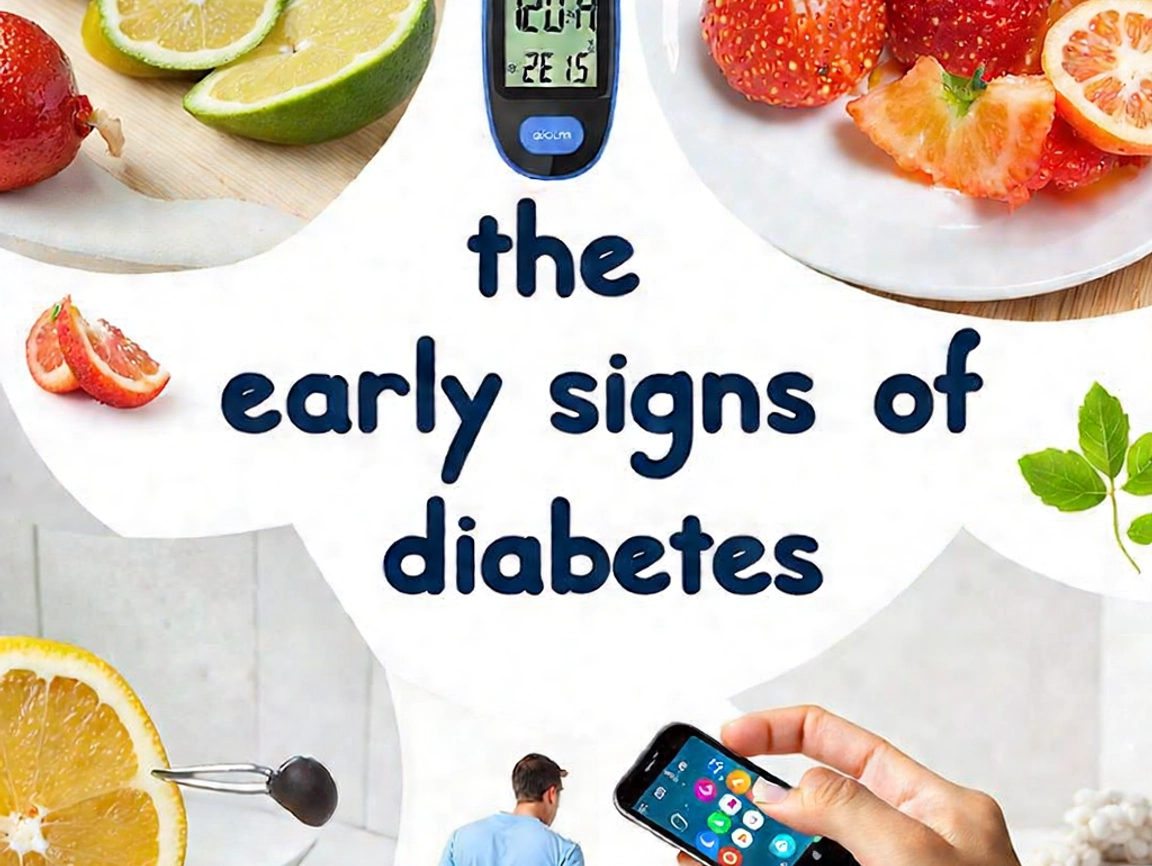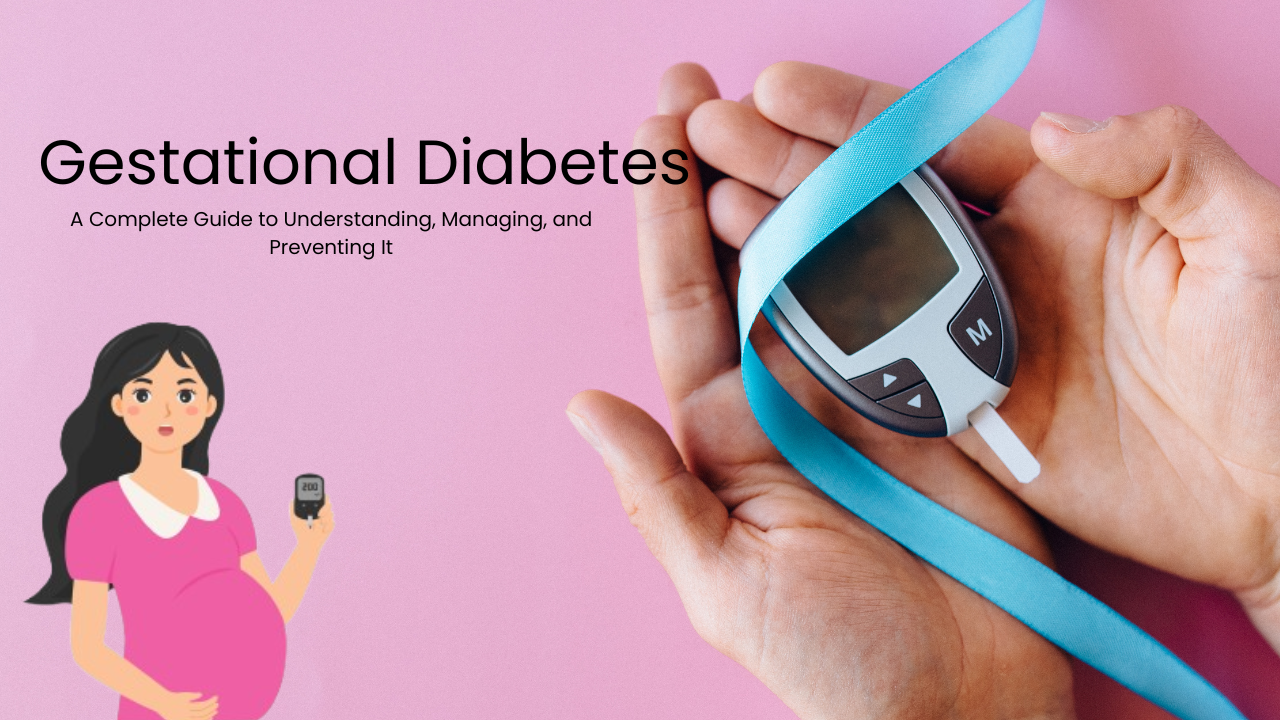Diabetes is a chronic condition that affects millions of people worldwide, yet many remain unaware of its onset until significant health issues arise. Early detection is crucial, as it allows for timely management and prevention of complications. In this blog, we’ll explore the top 10 early signs of diabetes that you should never ignore. Recognizing these symptoms can empower you to seek medical advice and take control of your health.
1. Frequent Urination (Polyuria)
One of the hallmark early signs of diabetes is frequent urination, medically known as polyuria. This occurs when excess glucose in the blood spills over into the urine, pulling water along with it. As a result, individuals with undiagnosed diabetes may find themselves needing to urinate more often, especially at night.
- Why it happens: High blood sugar levels overwhelm the kidneys’ ability to reabsorb glucose, leading to increased urine production.
- When to worry: If you notice a sudden increase in urination frequency without changes in fluid intake, it’s worth consulting a doctor.
2. Excessive Thirst (Polydipsia)
Excessive thirst often accompanies frequent urination. As your body loses more fluids through urination, it triggers an unquenchable thirst to compensate for the dehydration.
- Key indicators: Constantly feeling thirsty despite drinking plenty of water.
- Impact on daily life: This can disrupt sleep and daily routines as you feel the need to drink water frequently.
3. Unexplained Weight Loss
Unintended weight loss is another warning sign of diabetes, particularly Type 1. The body begins to break down fat and muscle for energy because it cannot effectively use glucose from the blood.
- How it happens: Without enough insulin, the body shifts to burning stored fat and muscle for energy, leading to rapid weight loss.
- When to take action: Losing weight without changes in diet or exercise should always prompt a medical evaluation.
4. Increased Hunger (Polyphagia)
Feeling excessively hungry, even after eating, is a common symptom of diabetes. This is due to the body’s inability to use glucose for energy effectively.
- Underlying cause: Insulin resistance or lack of insulin prevents glucose from entering cells, leaving the body starved for energy.
- Red flag: If increased hunger is paired with other symptoms like fatigue or weight loss, it’s essential to consult a healthcare professional.
5. Fatigue and Weakness
Persistent fatigue is a frequent complaint among individuals with undiagnosed diabetes. High blood sugar levels can interfere with the body’s ability to use glucose for energy, leaving you feeling drained.
- Why it happens: Cells are deprived of glucose, their primary energy source, while dehydration from frequent urination exacerbates fatigue.
- How it feels: Many describe it as an overwhelming sense of tiredness that doesn’t improve with rest.
6. Blurred Vision
High blood sugar levels can affect your vision, causing it to become blurry. This occurs when glucose changes the shape of the lens in the eye, impacting its ability to focus.
- Temporary or persistent: In the early stages, blurred vision may come and go, but prolonged high blood sugar can lead to permanent damage.
- When to see a doctor: Any sudden changes in vision should be evaluated promptly, as they could indicate diabetes or other serious conditions.
7. Slow-Healing Wounds and Frequent Infections
High blood sugar levels can impair the body’s natural healing processes and weaken the immune system, making it harder for wounds to heal and increasing susceptibility to infections.
- Common areas: Cuts, sores, or wounds, especially on the feet, may take longer to heal.
- Infections: Recurring infections, such as urinary tract infections or skin infections, may also signal undiagnosed diabetes.
- Why it matters: Delayed healing can lead to complications if left untreated.
8. Tingling or Numbness in Hands and Feet (Peripheral Neuropathy)
Nerve damage, known as neuropathy, is a common complication of diabetes that can begin even in the early stages. Tingling, numbness, or a “pins and needles” sensation in the extremities is a warning sign.
- Why it happens: Prolonged high blood sugar damages nerves, particularly in the hands and feet.
- What to look for: Persistent or worsening symptoms should prompt a visit to your doctor.
9. Darkened Skin Patches (Acanthosis Nigricans)
Dark, velvety patches of skin, often found in areas like the neck, armpits, or groin, can be an early sign of insulin resistance, a precursor to Type 2 diabetes.
- Appearance: The skin may feel thicker and appear darker than the surrounding areas.
- Importance: This condition often signals a need for medical evaluation and lifestyle changes to prevent the progression of diabetes.
10. Irritability and Mood Changes
Fluctuations in blood sugar levels can impact mood and mental health, leading to irritability, anxiety, or depression.
- Why it happens: The brain relies on glucose for energy, and imbalances can affect its functioning.
- When to address it: Persistent mood changes, especially alongside other symptoms, should not be ignored.
Why Early Detection Matters
Recognizing and addressing these early signs of diabetes is crucial to preventing complications such as cardiovascular disease, kidney damage, and vision loss. Early intervention can significantly improve quality of life and long-term outcomes. Here are the key benefits of early detection:
- Better Management: Early diagnosis allows for timely treatment, including lifestyle changes, medications, and monitoring.
- Preventing Complications: Controlling blood sugar levels early can reduce the risk of serious complications.
- Improved Quality of Life: Proactive management helps individuals maintain their energy levels, mental health, and overall well-being.
What to Do If You Notice Symptoms
If you’ve observed one or more of these symptoms, it’s essential to take action promptly:
- Consult a Healthcare Professional: Schedule an appointment with your doctor for a comprehensive evaluation.
- Get Tested: Blood tests such as fasting blood glucose, HbA1c, and oral glucose tolerance tests can confirm a diagnosis.
- Adopt a Healthy Lifestyle: Focus on a balanced diet, regular exercise, and stress management to improve overall health.
- Monitor Symptoms: Keep track of any changes and report them to your doctor.
Conclusion
Diabetes is a manageable condition, but early detection is key. By recognizing the top 10 early signs of diabetes—frequent urination, excessive thirst, unexplained weight loss, increased hunger, fatigue, blurred vision, slow-healing wounds, tingling in extremities, darkened skin patches, and mood changes—you can take proactive steps to safeguard your health. Don’t wait for symptoms to worsen; consult a healthcare professional if you notice any of these warning signs. Taking action today can make all the difference for your tomorrow.





